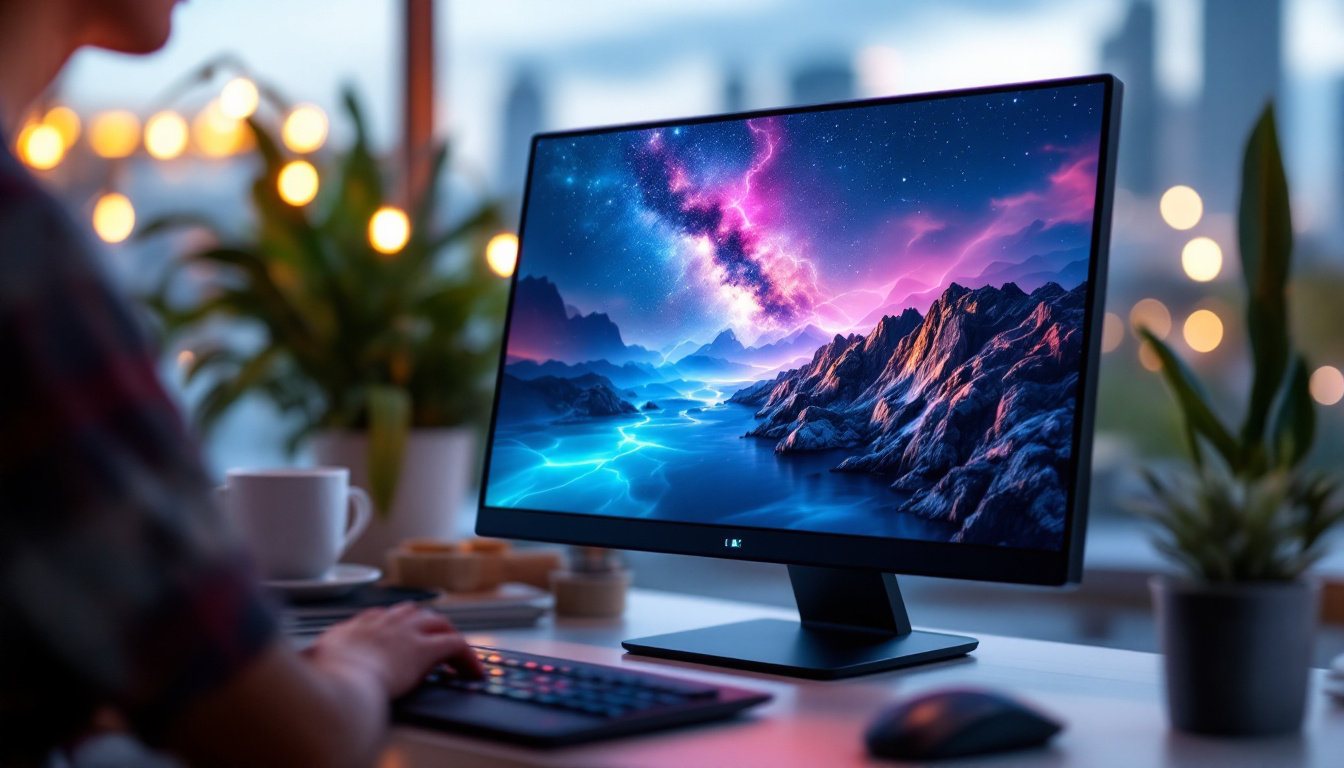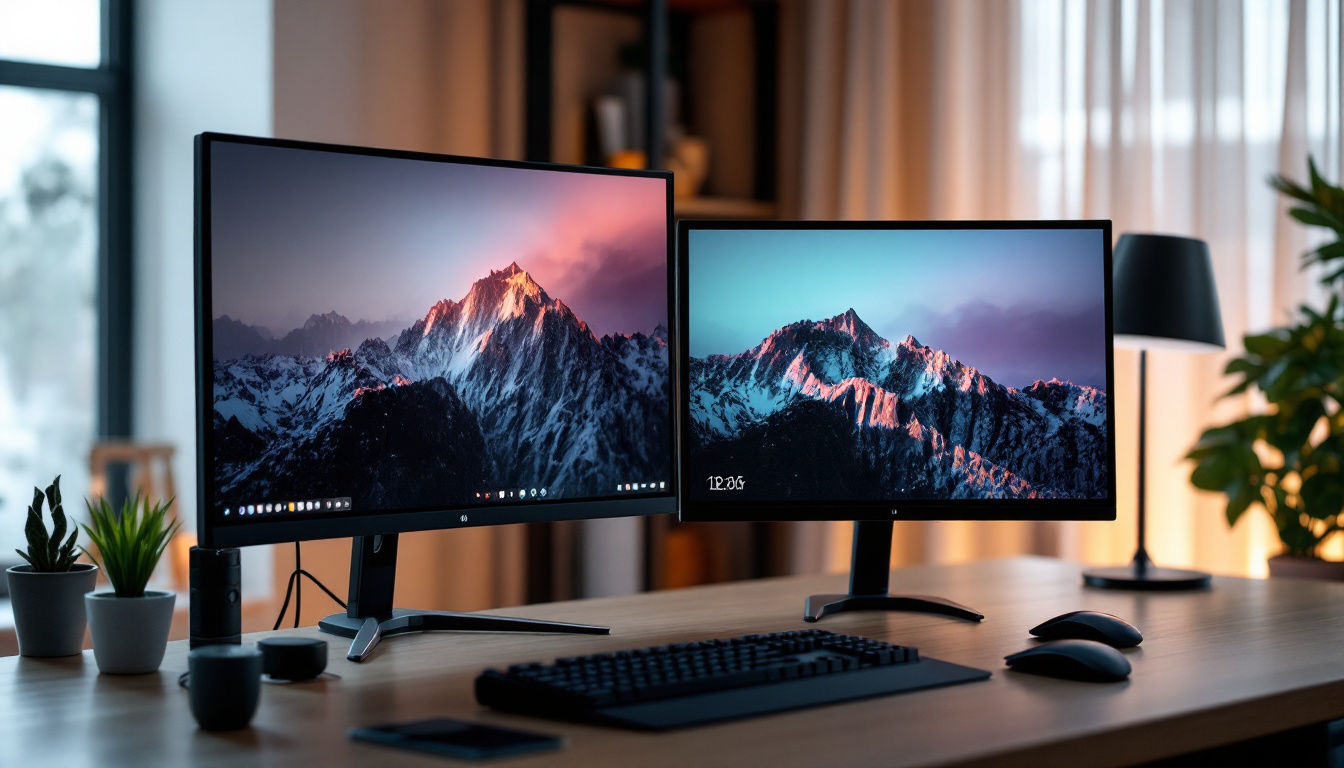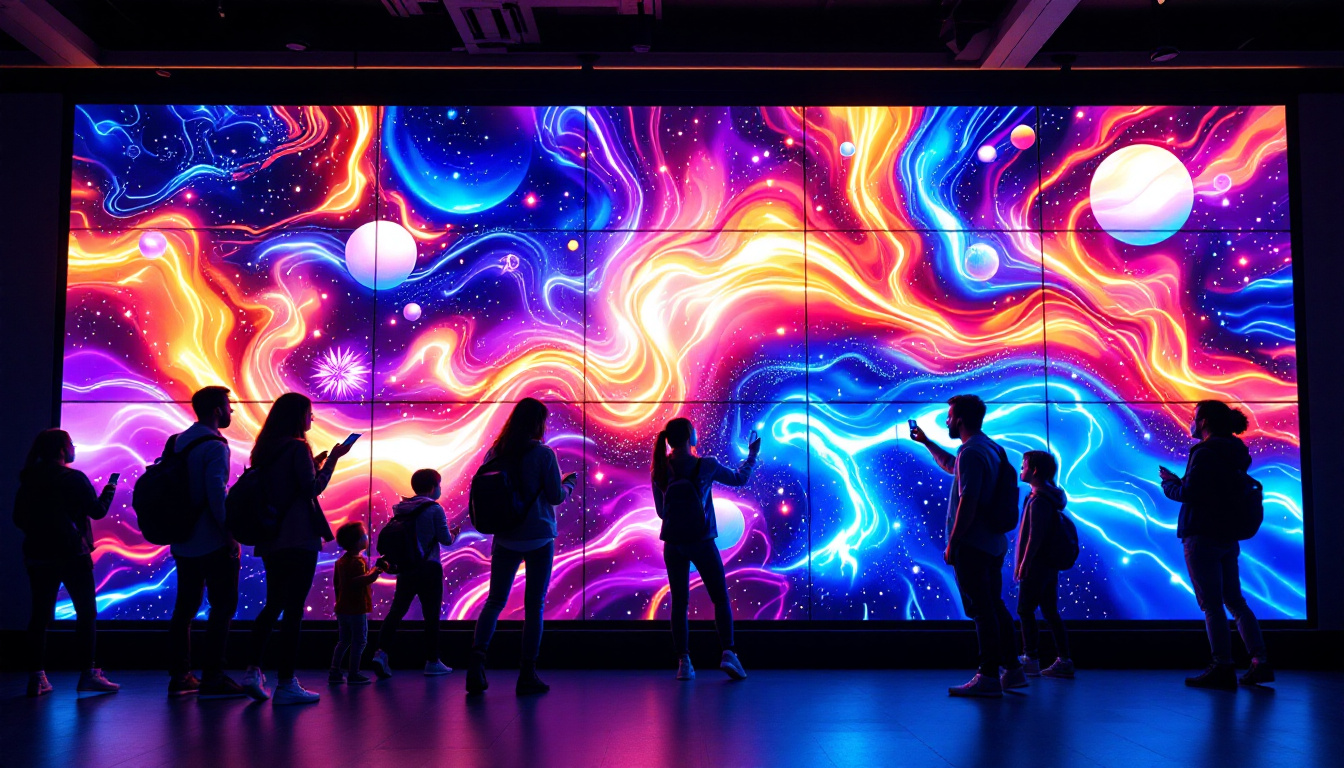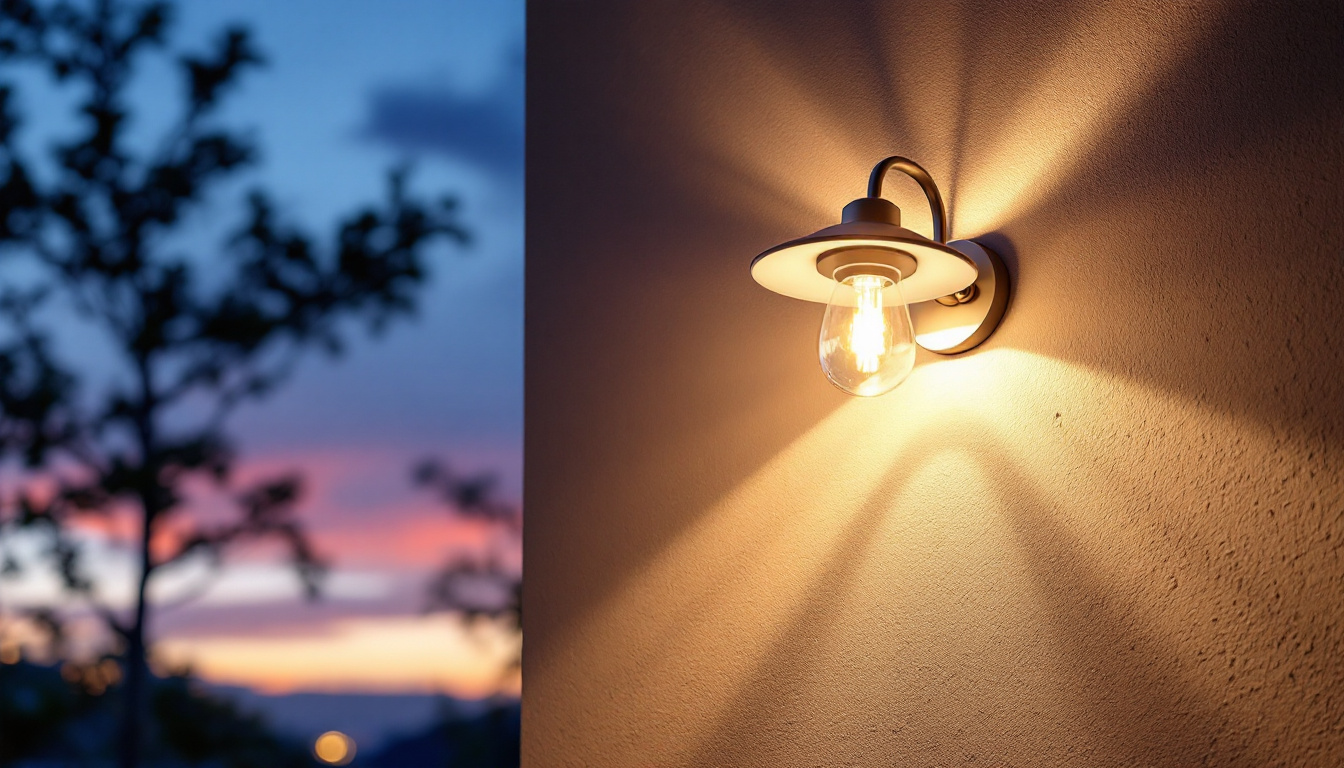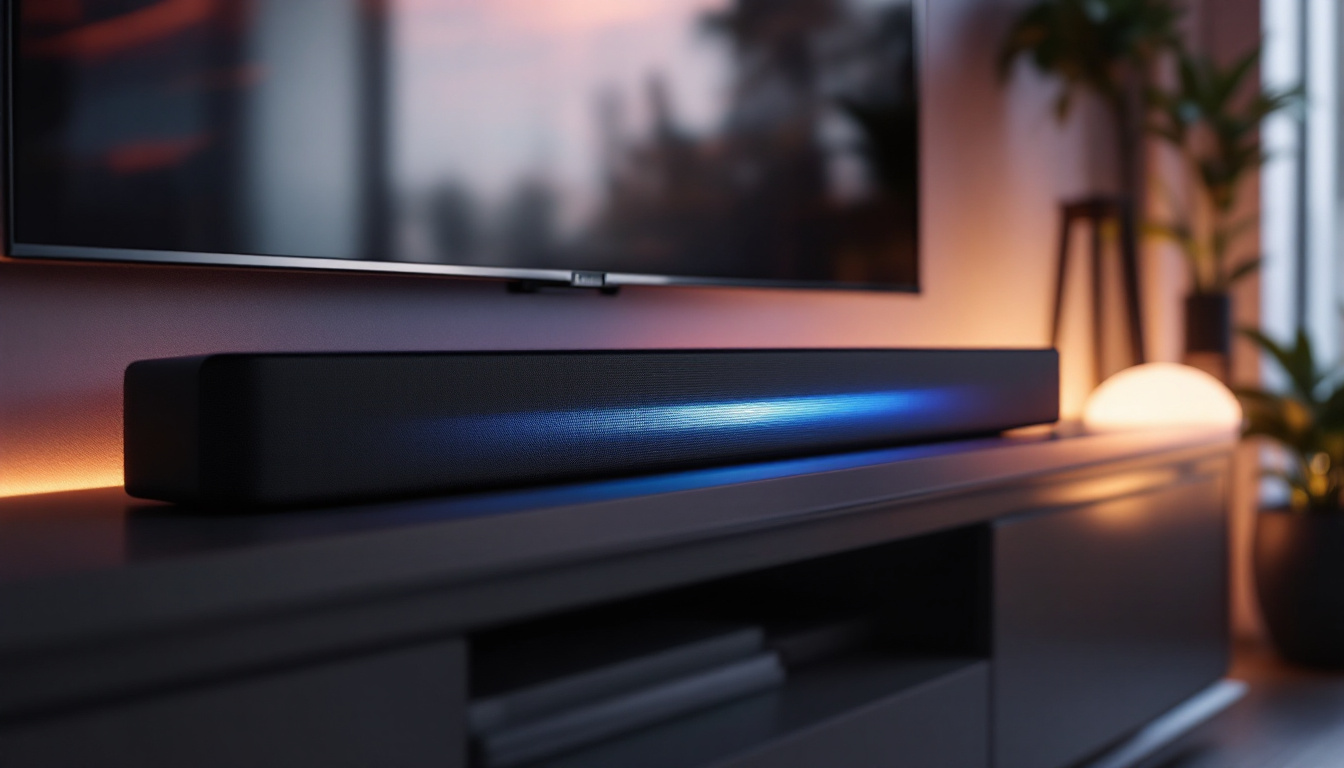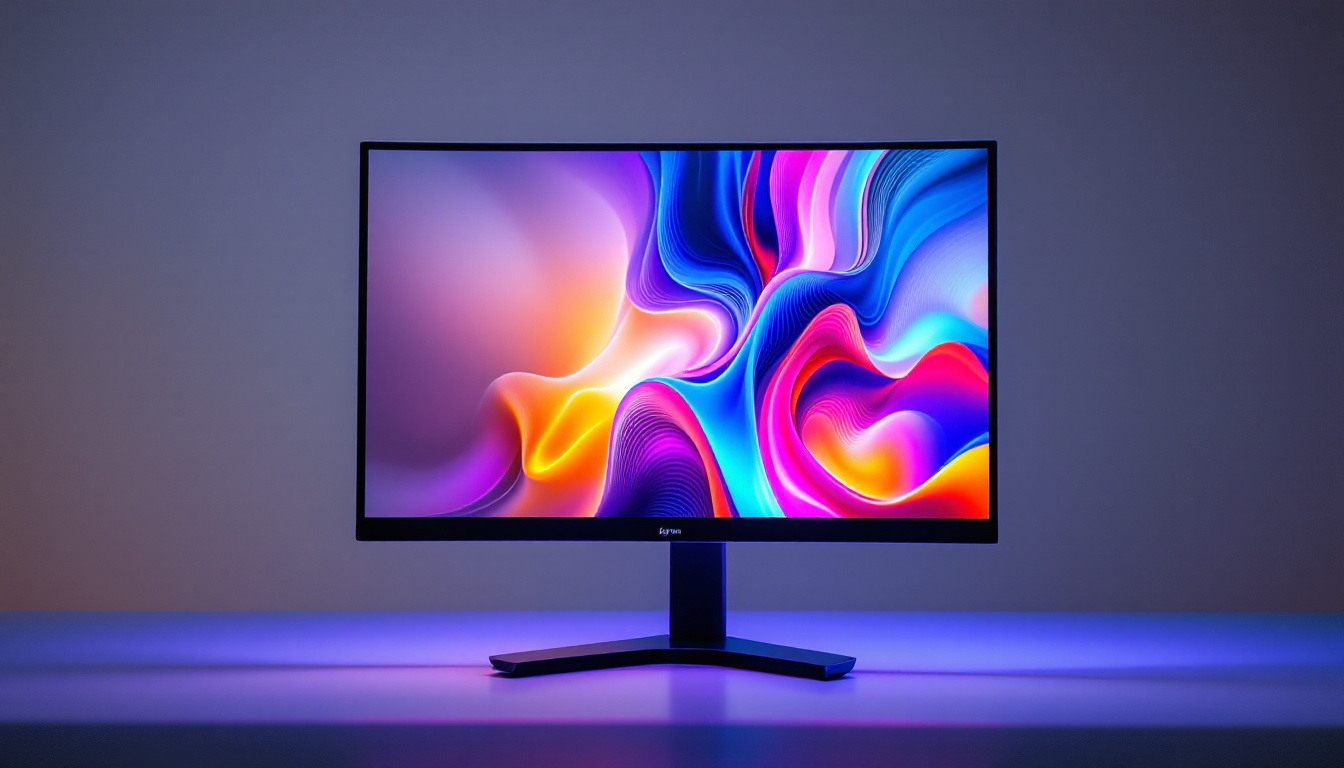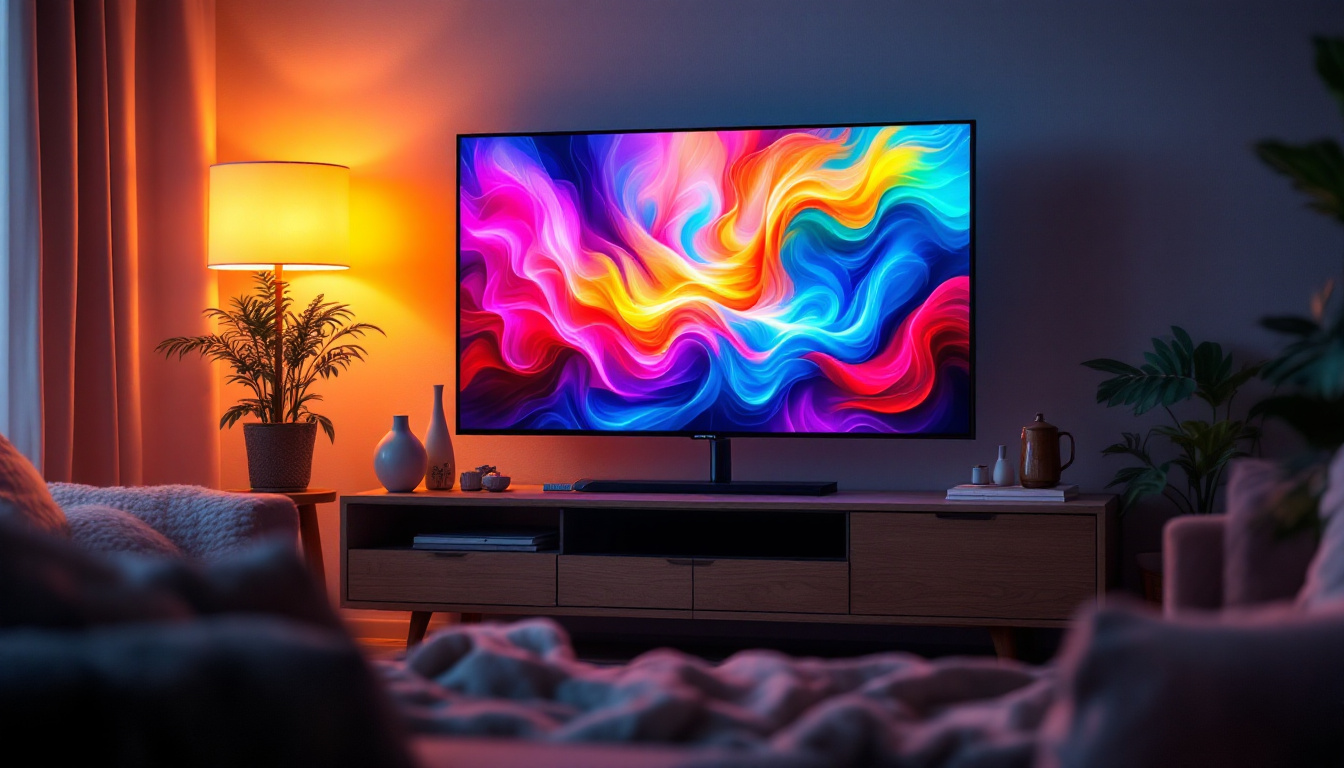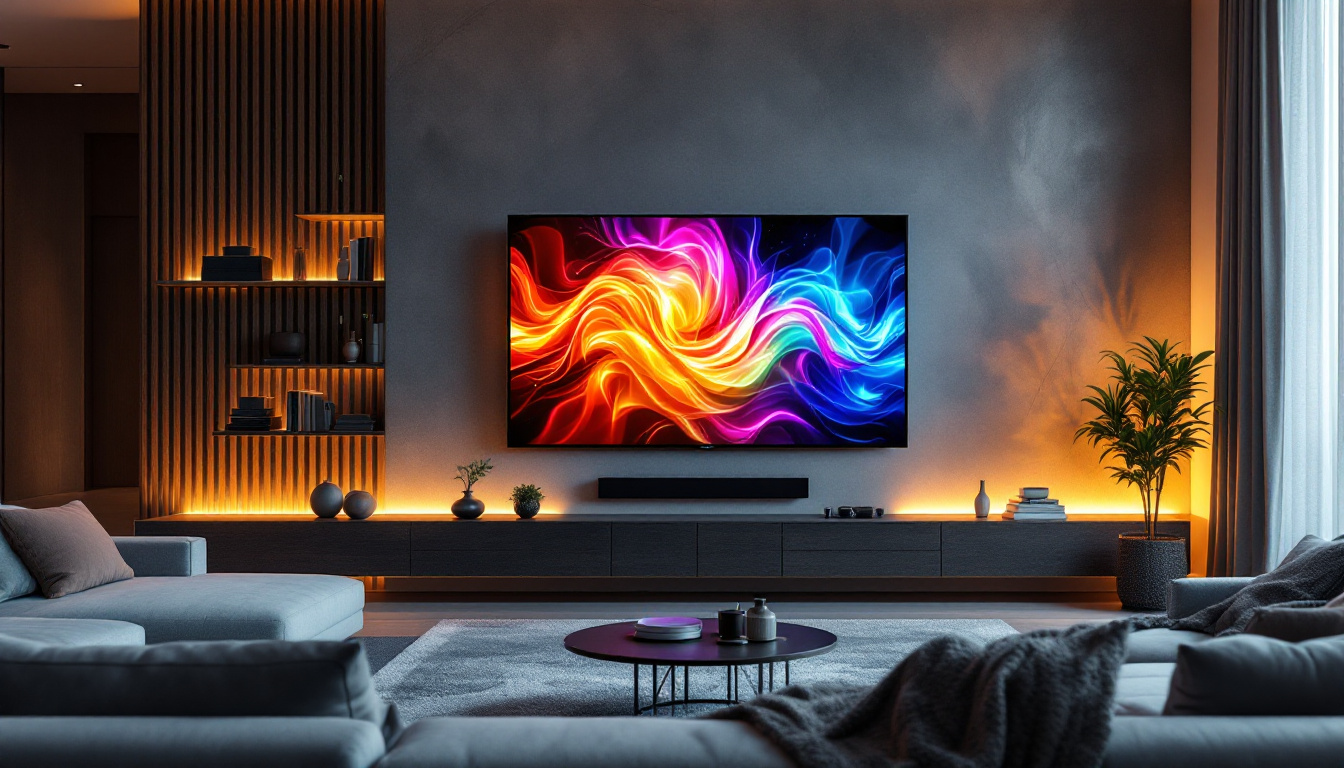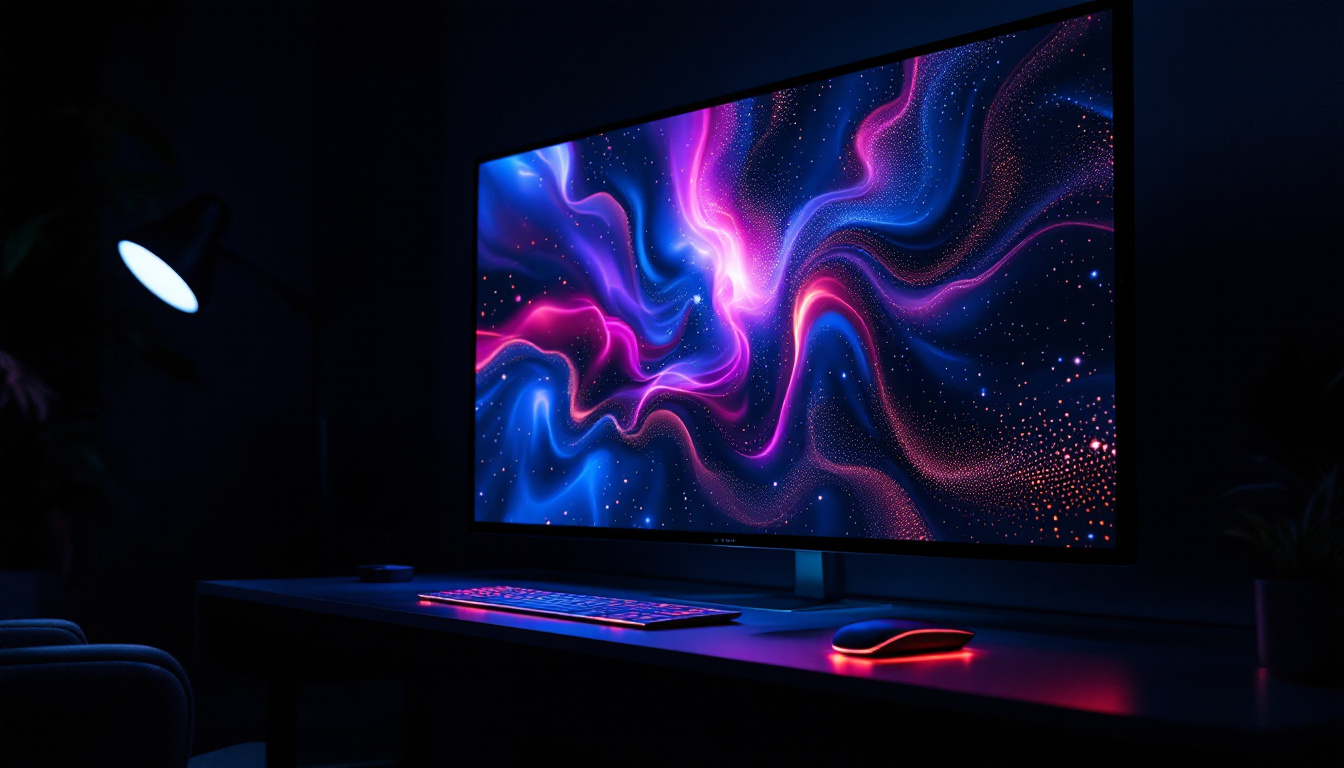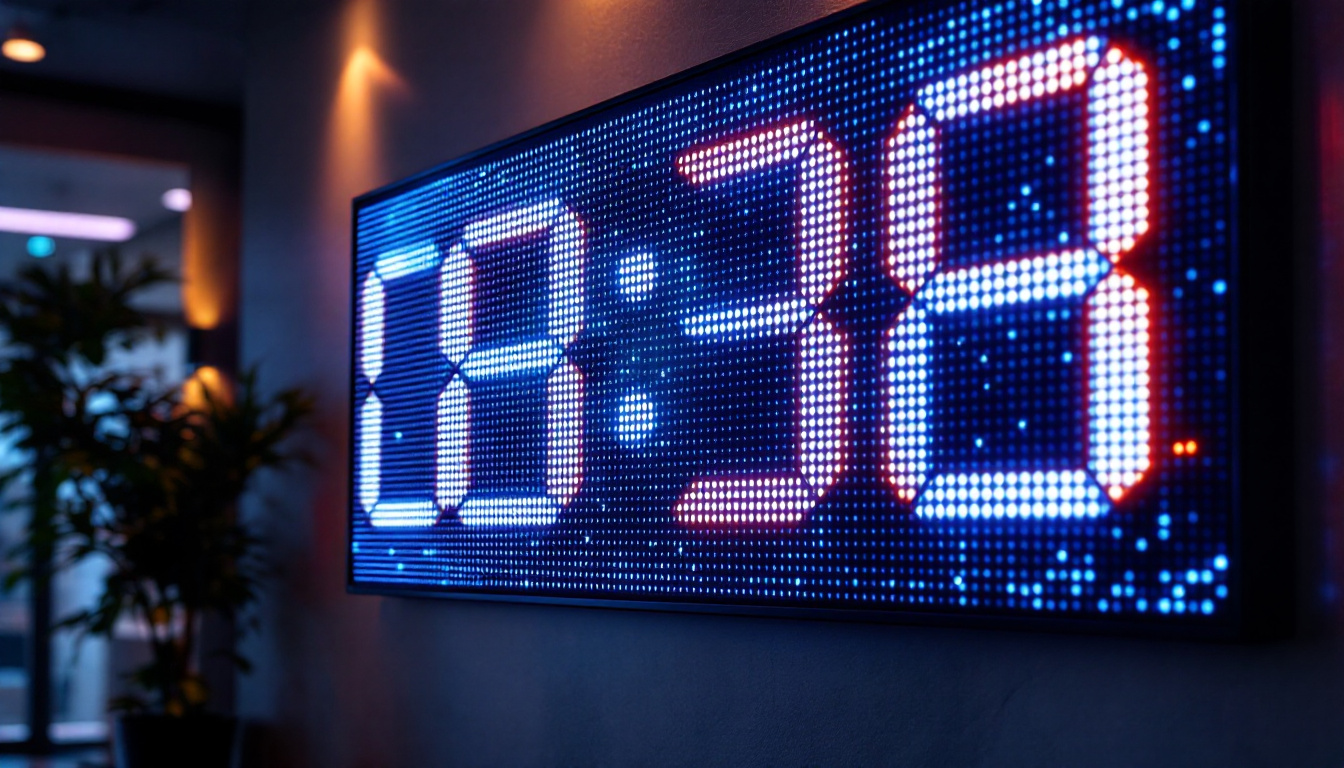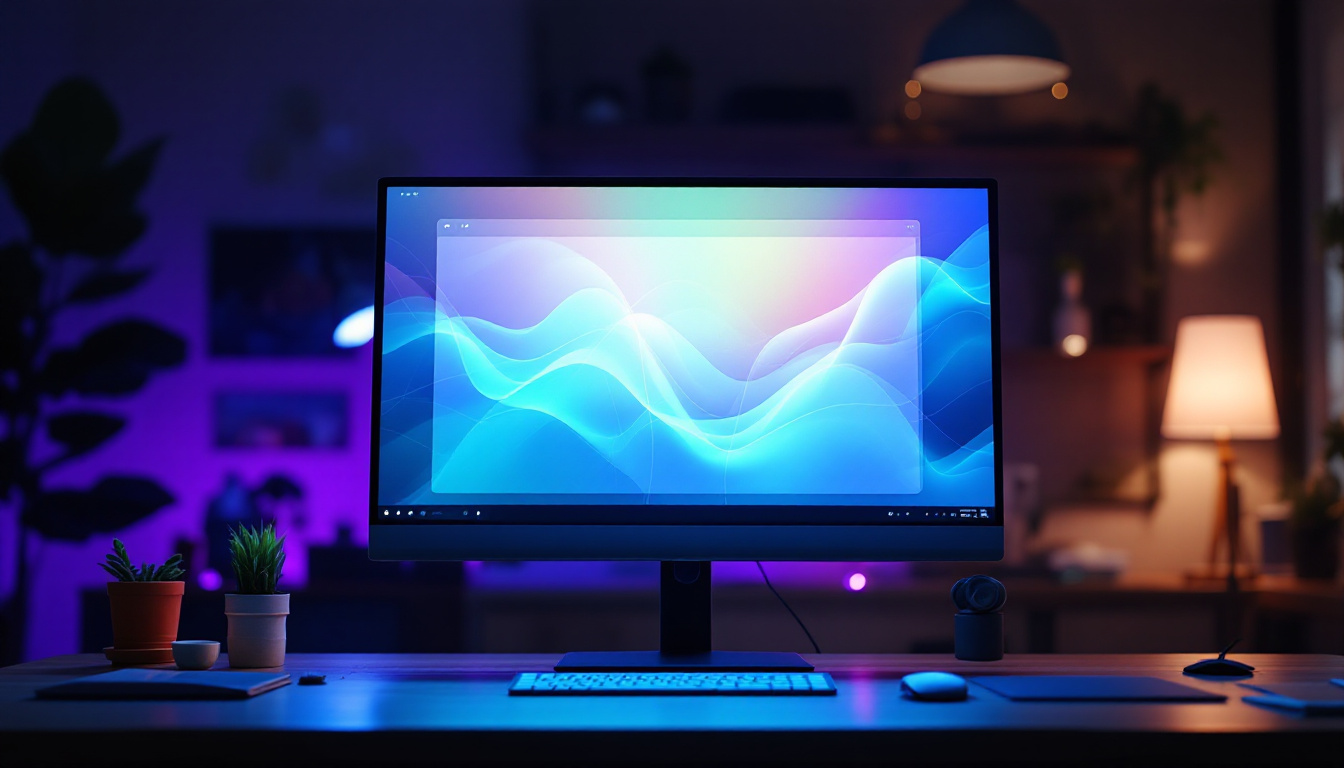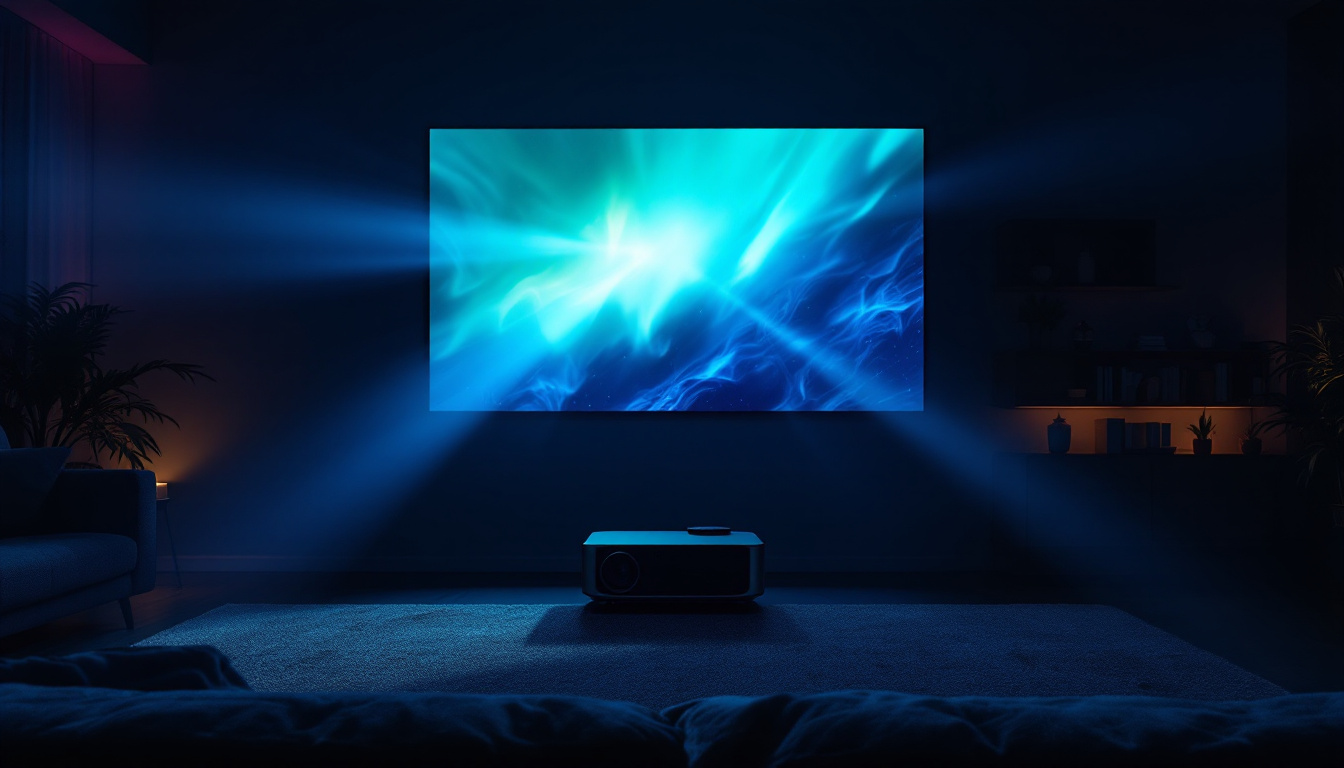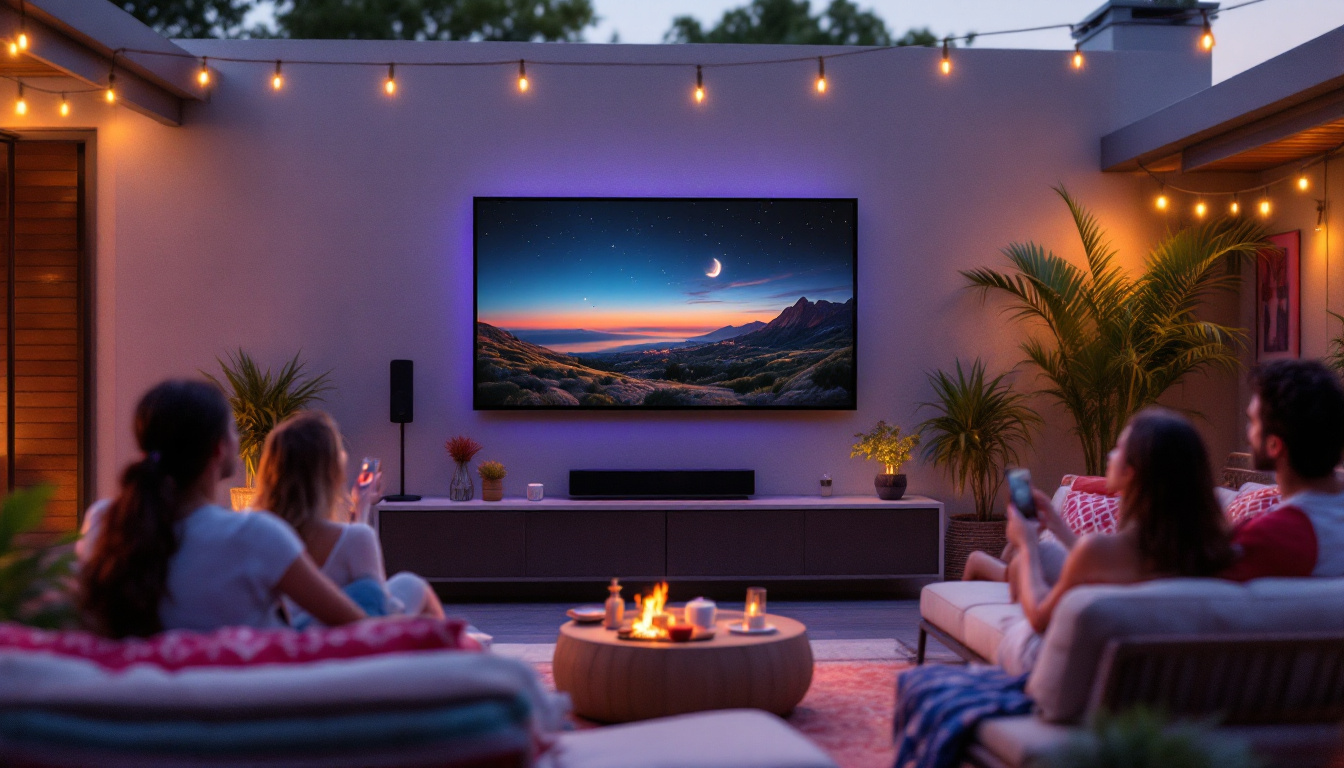In recent years, the demand for outdoor entertainment has surged, leading to a growing interest in outdoor projector screens. Among these, the motorized outdoor projector screen stands out for its convenience and ease of use. This article delves into the intricacies of outdoor projector screens, particularly focusing on motorized options and how they compare to LED displays.
Understanding Outdoor Projector Screens
Outdoor projector screens are designed to provide a large viewing area for movies, sports, and other presentations in an outdoor setting. Unlike traditional indoor screens, these are built to withstand various weather conditions while delivering high-quality visuals. The materials used in outdoor projector screens are often treated to resist moisture, UV rays, and temperature fluctuations, ensuring that they remain functional and visually appealing over time. This durability makes them an excellent investment for anyone looking to enhance their outdoor entertainment experience.
Types of Outdoor Projector Screens
There are several types of outdoor projector screens available, each catering to different needs and preferences. The most common types include:
- Fixed Frame Screens: These screens are permanently mounted and provide a taut surface for optimal image quality. They are ideal for dedicated outdoor cinema setups, offering a professional-grade viewing experience.
- Portable Screens: Lightweight and easy to set up, these screens are perfect for those who need flexibility. They can be quickly assembled and disassembled, making them suitable for events like backyard parties or camping trips.
- Motorized Screens: These screens can be easily retracted and deployed with the push of a button, offering convenience and ease of use. They often come with features such as programmable settings that allow users to set specific heights for different types of presentations.
Among these, motorized screens have gained popularity due to their practicality, especially for outdoor settings where setup and takedown can be cumbersome. Additionally, some models are designed to be weather-resistant, ensuring that they can be left outdoors without the need for constant protection from the elements.
Benefits of Motorized Outdoor Projector Screens
Motorized outdoor projector screens come with a plethora of advantages that enhance the viewing experience:
- Ease of Use: With a simple remote control or wall switch, users can effortlessly raise or lower the screen, making setup quick and hassle-free. This feature is particularly beneficial for spontaneous gatherings where time is of the essence.
- Space-Saving: When not in use, these screens can be retracted into their housing, keeping outdoor spaces tidy and uncluttered. This is especially important for smaller yards or patios where space is at a premium.
- Durability: Many motorized screens are designed to withstand outdoor elements, ensuring longevity and consistent performance. Some models even feature reinforced edges and weatherproof materials that resist fading and tearing.
These features make motorized screens an attractive choice for outdoor movie nights, presentations, or sports events. Moreover, the ability to integrate these screens with smart home systems allows users to control the screen along with other outdoor lighting and audio equipment, creating a seamless entertainment experience. Whether hosting a summer movie marathon or a weekend sports viewing party, the convenience and functionality of motorized outdoor projector screens elevate any gathering to the next level.
The Technology Behind Motorized Screens
Understanding the technology that powers motorized outdoor projector screens can help users make informed decisions when selecting the right screen for their needs. The mechanism is relatively straightforward but involves several key components.
Motor Mechanism
The heart of a motorized screen is its motor mechanism. Most screens utilize a tubular motor that is housed within the casing. This motor is responsible for the smooth operation of the screen, allowing it to roll up and down without any jerking or stuttering.
Advanced models may feature quiet motors that minimize noise during operation, ensuring that the viewing experience remains uninterrupted. Additionally, some motorized screens come equipped with smart technology, enabling integration with home automation systems for seamless control.
Screen Material
The material of the screen plays a crucial role in image quality. High-quality motorized outdoor projector screens typically use materials that enhance brightness and contrast. Common materials include:
- Matte White: Ideal for most environments, matte white screens diffuse light evenly, providing excellent color accuracy.
- High Gain: These screens reflect more light, making them suitable for brighter environments.
- Ambient Light Rejecting: Designed to minimize the impact of ambient light, these screens are perfect for outdoor use during twilight hours.
Choosing the right screen material can significantly impact the overall viewing experience, especially in outdoor settings where lighting conditions can vary.
Motorized Screens vs. LED Displays
While motorized outdoor projector screens offer a fantastic solution for outdoor viewing, LED displays are also a popular choice. Understanding the differences between these two options can help consumers make the best decision for their needs.
Image Quality
When it comes to image quality, both motorized screens and LED displays have their strengths. Motorized screens paired with high-quality projectors can produce stunning visuals with rich colors and deep contrasts. However, the performance can be influenced by ambient light and projector capabilities.
On the other hand, LED displays offer vibrant colors and sharp images regardless of the lighting conditions. They are designed to deliver consistent quality, making them a reliable option for outdoor use. However, the size of the display may be limited compared to the expansive viewing area provided by a motorized screen.
Portability and Setup
Motorized outdoor projector screens are generally more portable than LED displays. Many models are designed to be lightweight and easy to transport, making them ideal for outdoor gatherings. Setting up a motorized screen is often a matter of minutes, especially with the use of a remote control.
Conversely, LED displays can be bulkier and may require more extensive setup, including power sources and mounting considerations. While some LED displays are portable, they may not offer the same level of convenience as motorized screens.
Cost Considerations
Cost is another significant factor when comparing motorized screens and LED displays. Motorized screens can vary widely in price, depending on size, material, and features. However, they are generally more affordable than high-quality LED displays, which can be quite expensive.
For those on a budget, motorized screens present a cost-effective solution for outdoor viewing without sacrificing quality. However, it’s essential to consider long-term usage and potential upgrades when making a choice.
Choosing the Right Motorized Outdoor Projector Screen
Selecting the ideal motorized outdoor projector screen involves several considerations that can enhance the overall viewing experience. Here are some key factors to keep in mind:
Screen Size
The size of the screen is paramount. It should be proportional to the viewing distance and the space available. A larger screen can provide a more immersive experience, but it’s essential to ensure that it fits comfortably within the outdoor area.
Common sizes for outdoor screens range from 100 inches to 200 inches diagonally. Consider the number of viewers and the type of content being displayed when choosing the size.
Installation Options
Motorized screens can be installed in various ways, including ceiling mounts, wall mounts, or even freestanding options. The installation method will depend on the outdoor space and the intended use of the screen.
For permanent setups, wall or ceiling mounts are ideal, while portable options may be better suited for temporary gatherings. Ensure that the installation method chosen allows for easy access to the screen’s motor and controls.
Weather Resistance
Given that outdoor projector screens are exposed to the elements, selecting a weather-resistant model is crucial. Look for screens that feature durable materials and construction designed to withstand rain, wind, and UV exposure.
Some motorized screens come with protective housings that safeguard the screen when not in use, further enhancing durability and longevity.
Setting Up Your Outdoor Projector Screen
Once the right motorized outdoor projector screen has been selected, the next step is setting it up for use. Proper setup ensures optimal performance and a great viewing experience.
Location Selection
Choosing the right location is critical for outdoor viewing. The area should be flat, free from obstructions, and ideally away from direct sunlight to minimize glare. Consider the angle of the sun throughout the day and position the screen accordingly.
Additionally, ensure that there is adequate space for seating and that the screen is visible from all angles. This will enhance the viewing experience for everyone involved.
Connecting the Projector
After setting up the screen, the next step is connecting the projector. Ensure that the projector is compatible with the screen and that it can deliver the necessary brightness and resolution for outdoor viewing.
Position the projector at the correct distance from the screen to achieve the desired image size. This may require some trial and error to find the perfect spot, especially in outdoor settings where distances can vary.
Testing and Calibration
Before the main event, it’s essential to test the setup. Check the image quality, brightness, and sound to ensure everything is functioning correctly. Calibration may be necessary to adjust the projector settings for optimal performance.
Consider conducting a test run in similar lighting conditions to those expected during the actual viewing. This will help identify any potential issues and allow for adjustments to be made in advance.
Conclusion
Motorized outdoor projector screens offer a convenient and effective solution for outdoor entertainment, providing flexibility and ease of use. With various options available, including different sizes and materials, there is a motorized screen to suit every need.
While comparing motorized screens to LED displays, it’s essential to consider factors such as image quality, portability, cost, and installation options. By understanding these elements, consumers can make informed decisions that enhance their outdoor viewing experiences.
Ultimately, whether it’s for movie nights, sports events, or presentations, investing in a quality motorized outdoor projector screen can transform any outdoor space into a vibrant entertainment hub.
Discover LumenMatrix’s Advanced LED Display Solutions
Ready to elevate your outdoor entertainment experience with cutting-edge technology? LumenMatrix, a pioneer in LED display innovation, offers a wide array of LED display solutions tailored to your needs. From immersive outdoor LED walls that bring your events to life to versatile indoor displays that capture attention, our products are designed to create unforgettable visual experiences. Embrace the future of visual communication with LumenMatrix and make your next outdoor event a resounding success. Check out LumenMatrix LED Display Solutions today and see the difference for yourself.


